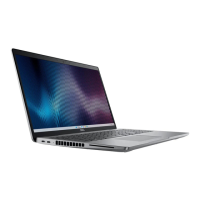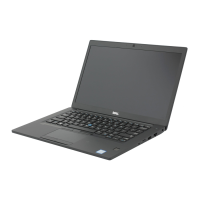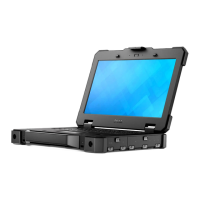Table 29. System setup options—Boot options menu (continued)
Boot options
Advanced Boot Options
Enable UEFI Network Stack Enables or disables UEFI Network Stack.
Default: ON.
UEFI Boot Path Security Enables or disables the system to prompt the user to enter
the Admin password when booting a UEFI boot path from the
F12 boot menu.
Default: Always Except Internal HDD.
Table 30. System setup options—Date/Time
Date/Time
Date/Time
Date Sets the computer date in MM/DD/YYYY format. Changes to
the date take effect immediately.
Time Sets the computer time in HH/MM/SS 24-hour format. You
can switch between 12-hour and 24-hour clock. Changes to
the time take effect immediately.
Table 31. System setup options—System Configuration menu
System Configuration
SATA Operation Configures operating mode of the integrated SATA hard drive controller.
Default: RAID On. SATA is configured to support RAID (Intel Rapid Restore
Technology).
Drives Enables or disables various onboard drives.
SATA-2 Default: ON.
M.2 PCIe SSD-0 Default: ON.
Enable SMART Reporting Enables or disables SMART (Self-Monitoring, Analysis, and Reporting
Technology) during computer startup to report hard drive errors.
Default: OFF.
USB Configuration
Enable USB Boot Support Enables or disables booting from USB mass storage devices such as external
hard drive, optical drive, and USB drive.
Default: ON
Enable External USB Port Enables or disables USB ports to be functional in an operating system
environment.
Default: ON
Thunderbolt Adapter Configuration
Thunderbolt Enables or disables the Thunderbolt Technology feature and associated ports
and adapters.
Default: ON.
Enable Thunderbolt Boot Support Enables or disables the Thunderbolt adapter feature and associated during
pre-boot.
Default: OFF.
Security Levels Configures Thunderbolt adapter security settings within the operating system.
System setup 31

